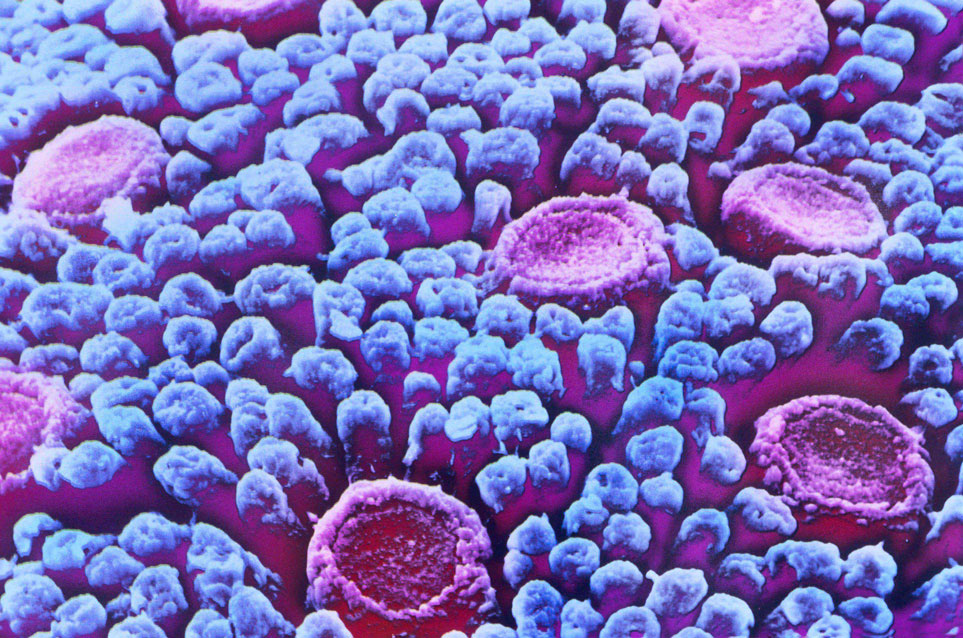Chapter 50. Taste Sensations
Learning Objectives

Identify the sensory receptors for taste.
Describe the five main taste sensations.
Review
Review
Select the NEXT button to continue with the Review.
1. How do we taste the food we eat? Chemical molecules in the food stimulate sensory receptors on our tongue and other areas of the mouth.
Review
Review
Select the NEXT button to continue with the Review.

2. Scattered across the tongue are thousands of small and large bumps called papillae. The large papillae contain structures called taste buds. Ironically, the taste buds don’t taste anything. Instead, the 50 to 100 taste receptor cells inside each taste bud are stimulated by the chemicals in food, and they send messages to the brain. If these cells are damaged by hot foods, they regenerate in about two weeks.
Review
Review
Select the NEXT button to continue with the Review.
3. Humans have five different types of taste receptor cells that sense five basic tastes: the familiar tastes of sweet, sour, salty, and bitter, plus a meaty taste called umami (sometimes called savory). All other flavors are combinations of these five basic tastes.
Review
Review
Select the NEXT button to continue with the Review.
4. In the past, people believed that the special receptors for each taste sensation were located in a particular region of the tongue, as shown in this outdated "taste map." But recent research has shown that sensitivity to all five basic tastes is spread across the entire tongue.
Practice: Detecting and Identifying Flavors
Practice: Detecting and Identifying Flavors
Select the PLAY button to watch the sense of taste in action.
Quiz 1
Quiz 1
Answer the question. Then, select the CHECK ANSWER button.
Quiz 2
Quiz 2
Drag these illustrations into the correct order by size, from the smallest structure to the largest structure. When all the illustrations have been placed, select the CHECK ANSWER button.
Conclusion


 Taste bud
Taste bud
 Papilla
Papilla
 Taste receptor cell
Taste receptor cell